How To Recover Deleted Photos from Memory Cards
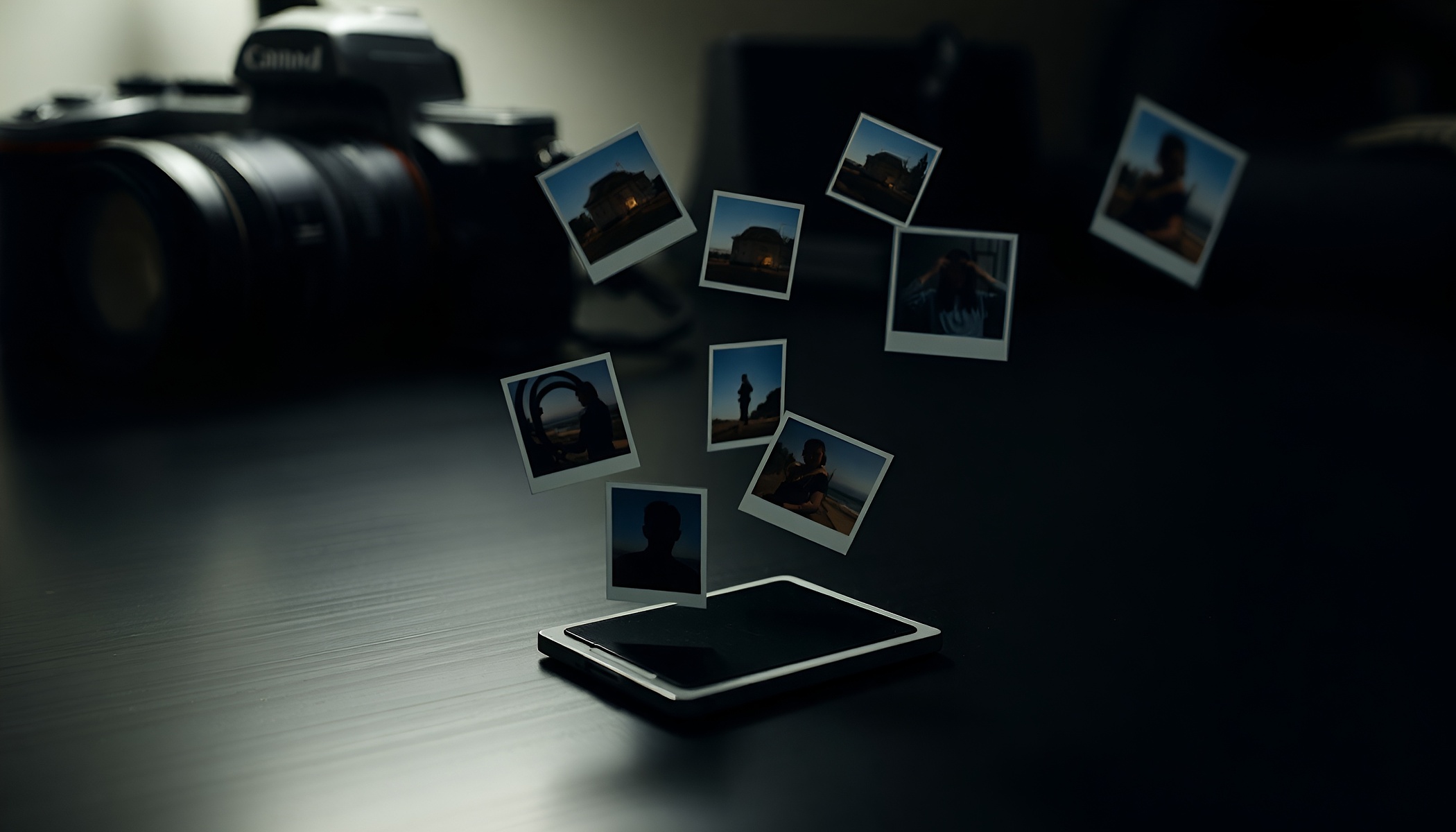
The thought of coming home from a photo shoot, inserting your memory card into your computer, and finding nothing can be terrifying. Or maybe you’ve accidentally deleted important images. Hopefully, this never happens to you. But if it does, let’s look at your chances of recovery and what determines whether lost data can be saved. The quality of your memory card and regular backups make all the difference.
Did you accidentally delete photos from your memory card or format the card in your camera? Don’t panic just yet—most photos can be saved. We’ll show you how to recover your photos and which data recovery tools can help.
Can deleted photos be recovered? It depends
The success of photo recovery depends on how the data was lost. Sometimes recovery is easy. Other times, it’s almost impossible. Here’s a breakdown of the most common situations and how to avoid them in the first place.
| Situation | Recovery chances | How to avoid it |
| 😀 Accidentally deleted photos | Good | Back up |
| ☺️ Deleted and overwritten by new photos | 50/50 | Back up |
| 😀 Deleted photos in camera | Good | Use dual slots, back up |
| 😉 Formatted card in camera | Usually good | Dual slots, back up to phone |
| ☹️ Formatted card in computer | Poor | Back up |
| ☺️ Write errors on card | 50/50 | High-quality card, duplicate copies |
| ☹️ Physically damaged card | Very low | High-quality card, regular back ups |
In general, files deleted or formatted in the camera can often be recovered. On the other hand, formatting on a computer or physical damage to the card drastically lowers your chances of recovery.
How to recover deleted photos
There are a number of data recovery tools available. Some are free, but many limit how much you can recover before asking you to pay.
Recommended data recovery tools:
- Recuva—Simple and free (for basic recovery)
- Undelete—More advanced data recovery tool
- SanDisk RescuePRO—My top pick. Comes free with SanDisk Pro (black edition) cards.
How to recover photos using SanDisk RescuePRO
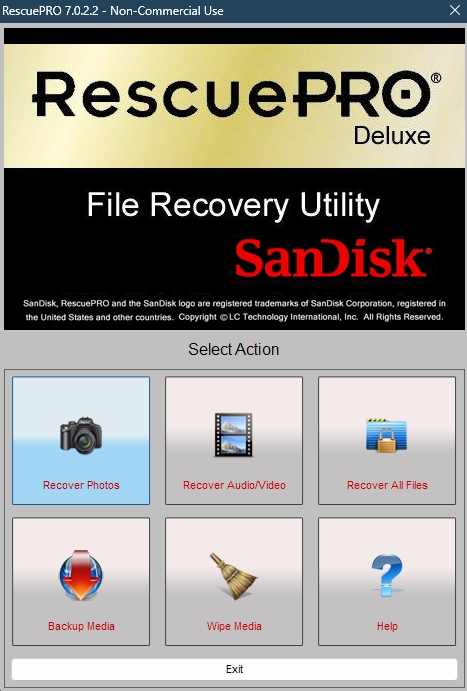
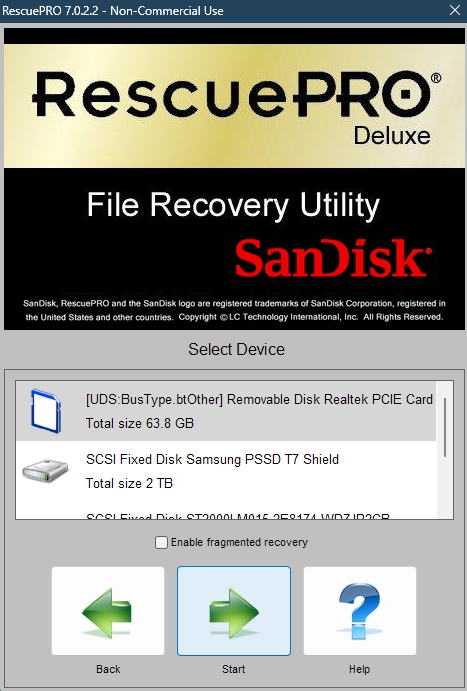
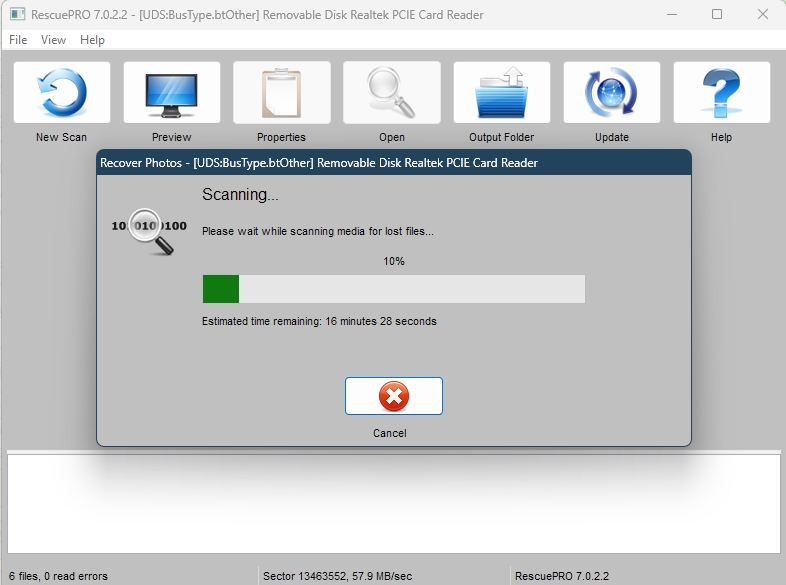
What if the recovered files are damaged
For my test, I had only 6 photos on the card, 3 JPEGs and 3 NEFs. The recovery program found over 5,000 files, including ones that had been long deleted.
The problem occurs when the original data has been overwritten with new data. The result can be a corrupted image with color bars or a photo that only half loads. These types of files are usually not salvageable.
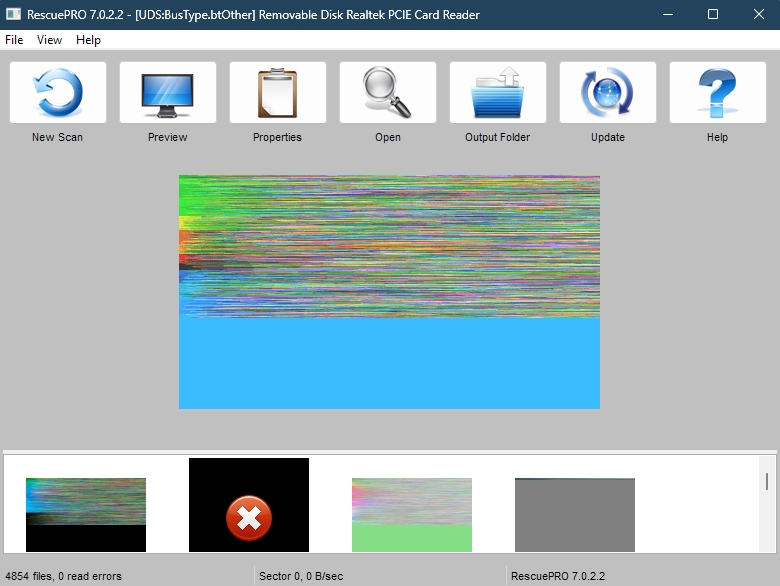
Can changing the file extension help?
Sometimes yes. If only the file header is corrupted, changing the extension to .jpg, .nef, or another relevant format might allow the file to open. This is especially useful for RAW files, which are often saved with incorrect extensions during recovery. However, after changing the extension, they can open just fine in Zoner Studio.
When to leave it to the pros
When it comes to crucial or irreplaceable images, contact a professional service that specializes in data recovery. They have the necessary tools and experience, especially for physically damaged cards.
Conclusion: Don’t count on recovery
Yes, photo recovery is possible, but it’s far from guaranteed. Backing up your photos and prevention is the best method. Follow these three rules:
- Use high-quality memory cards from trusted brands—avoid second-hand cards
- Back up regularly—ideally to multiple locations: external drives, mobile, cloud
- If your camera has dual card slots, write to two cards simultaneously
Wishing you many great shots and as little need for recovery as possible!

There are no comments yet.